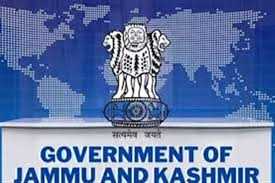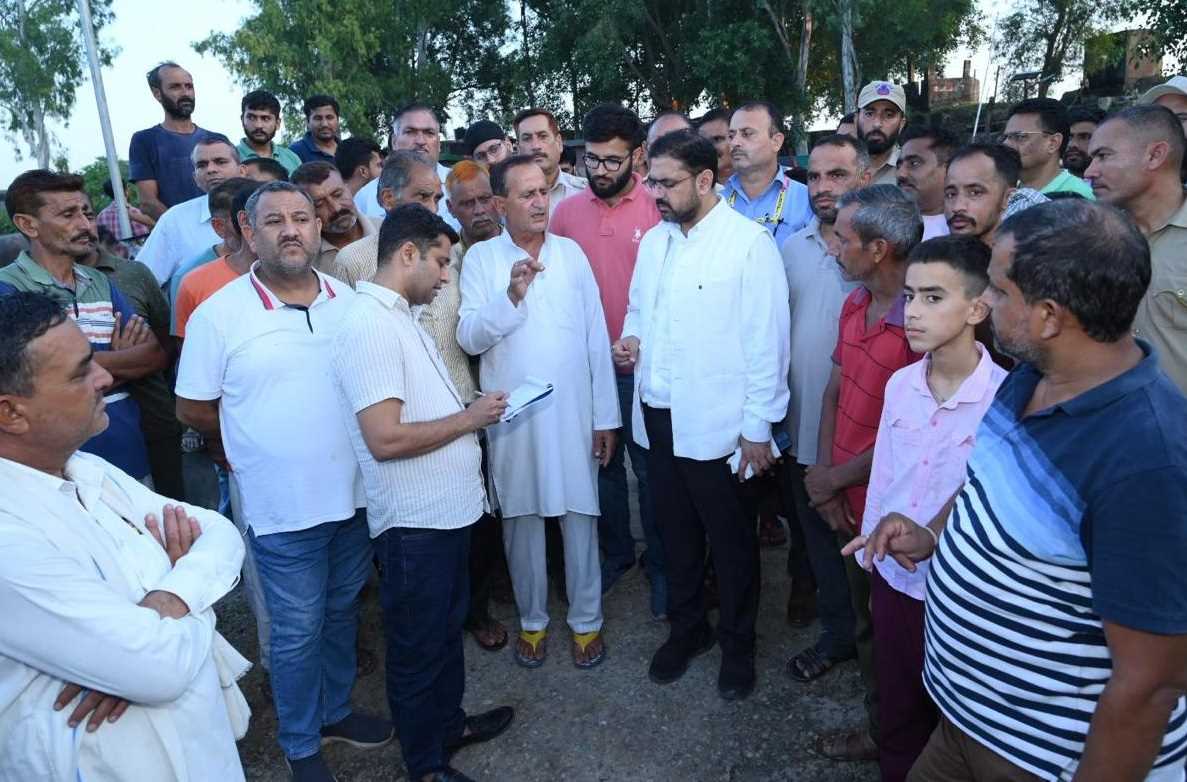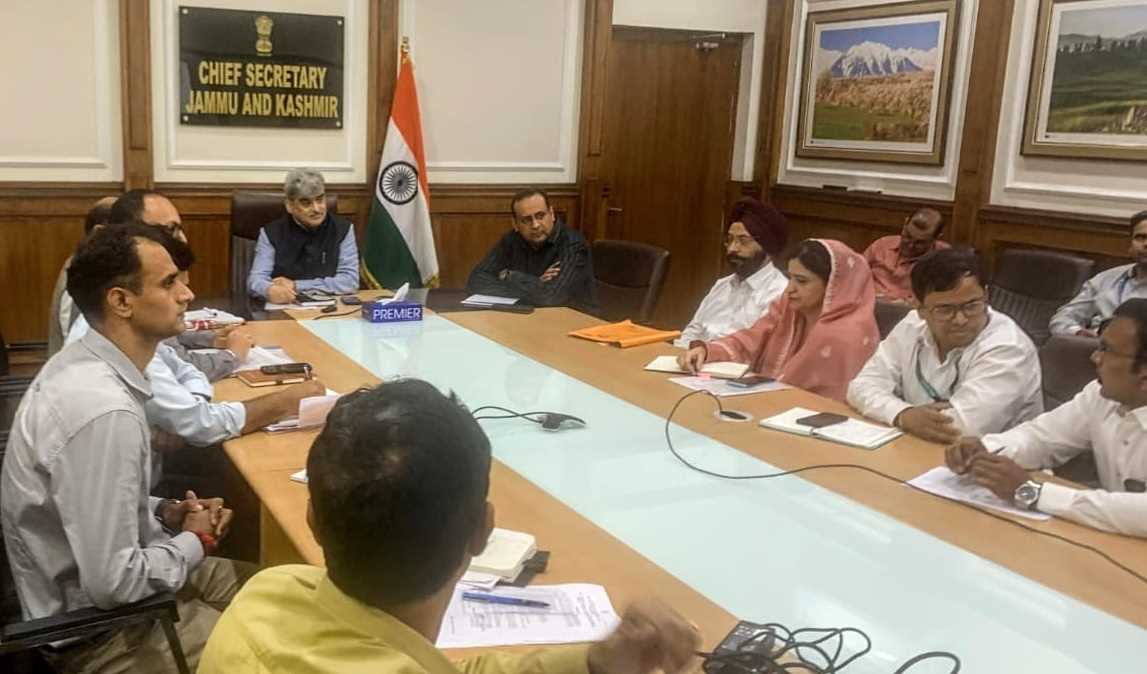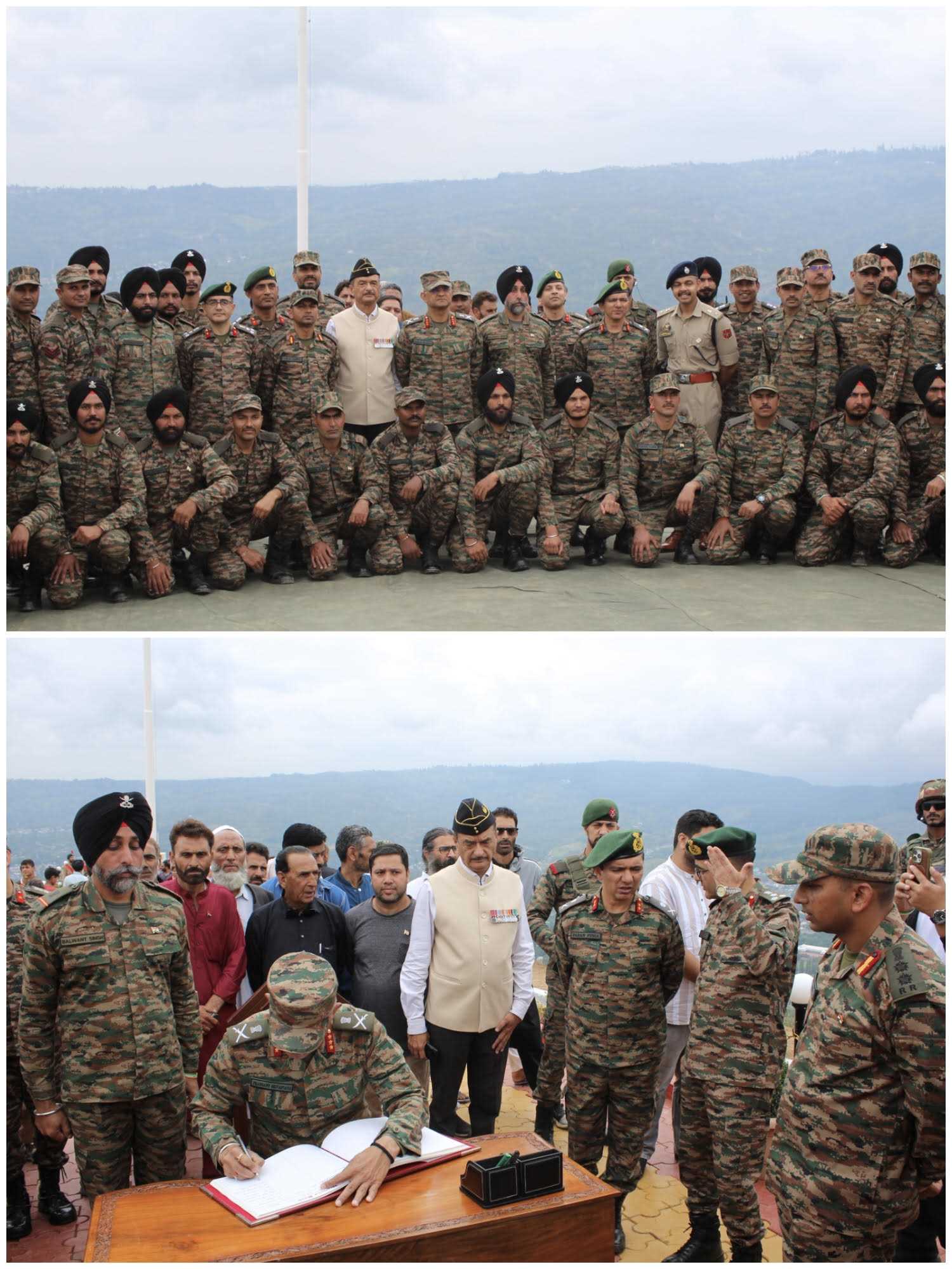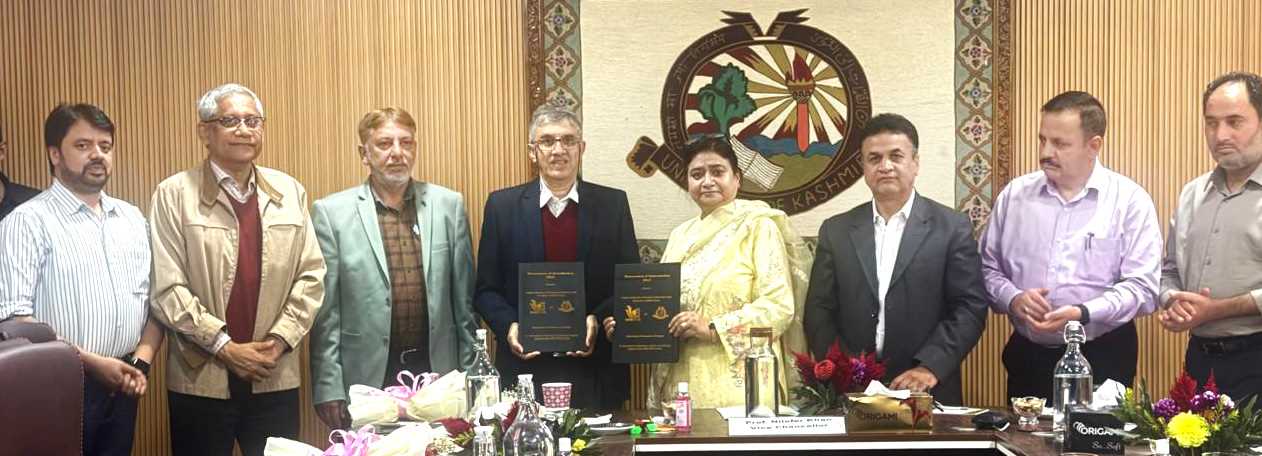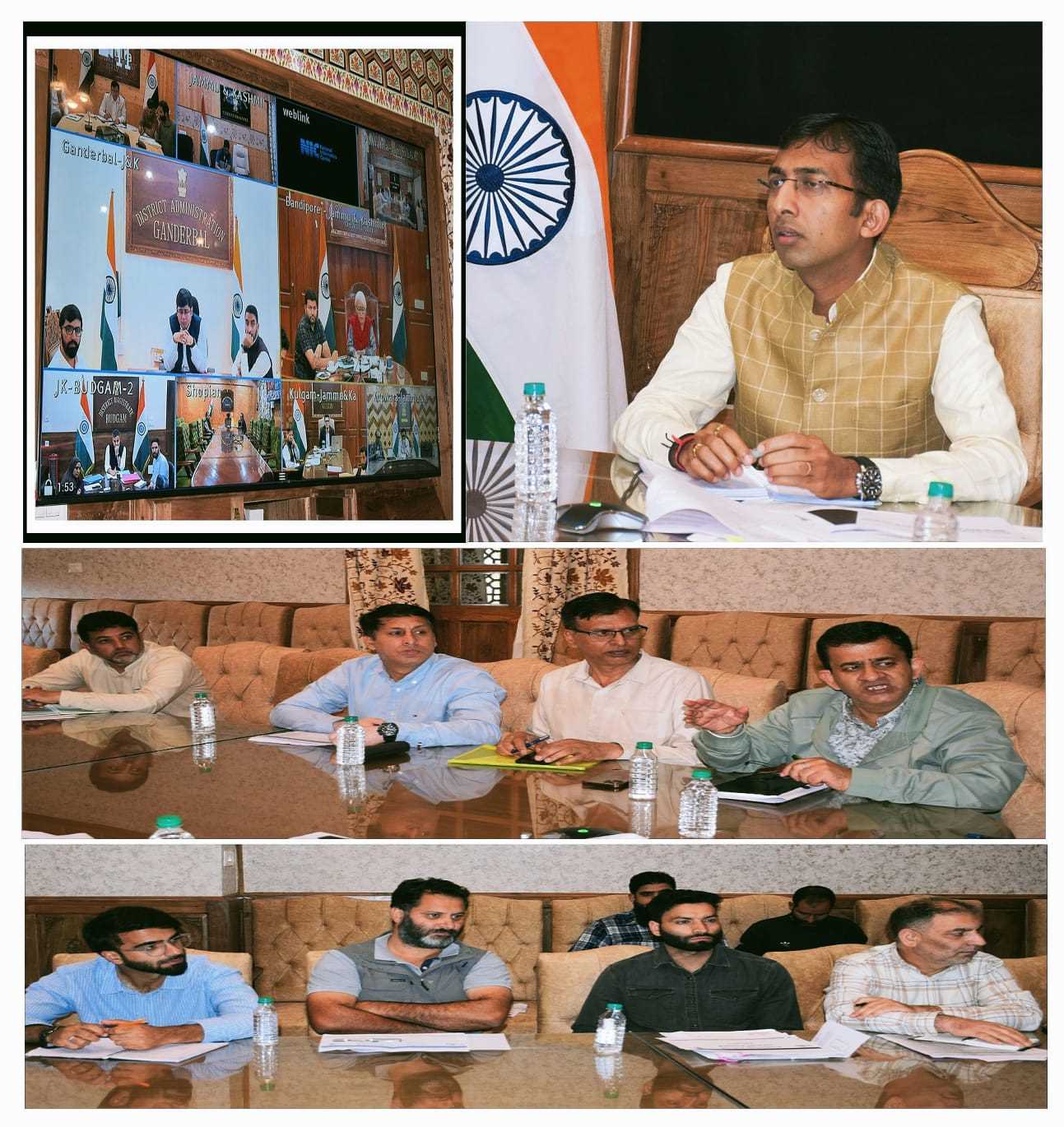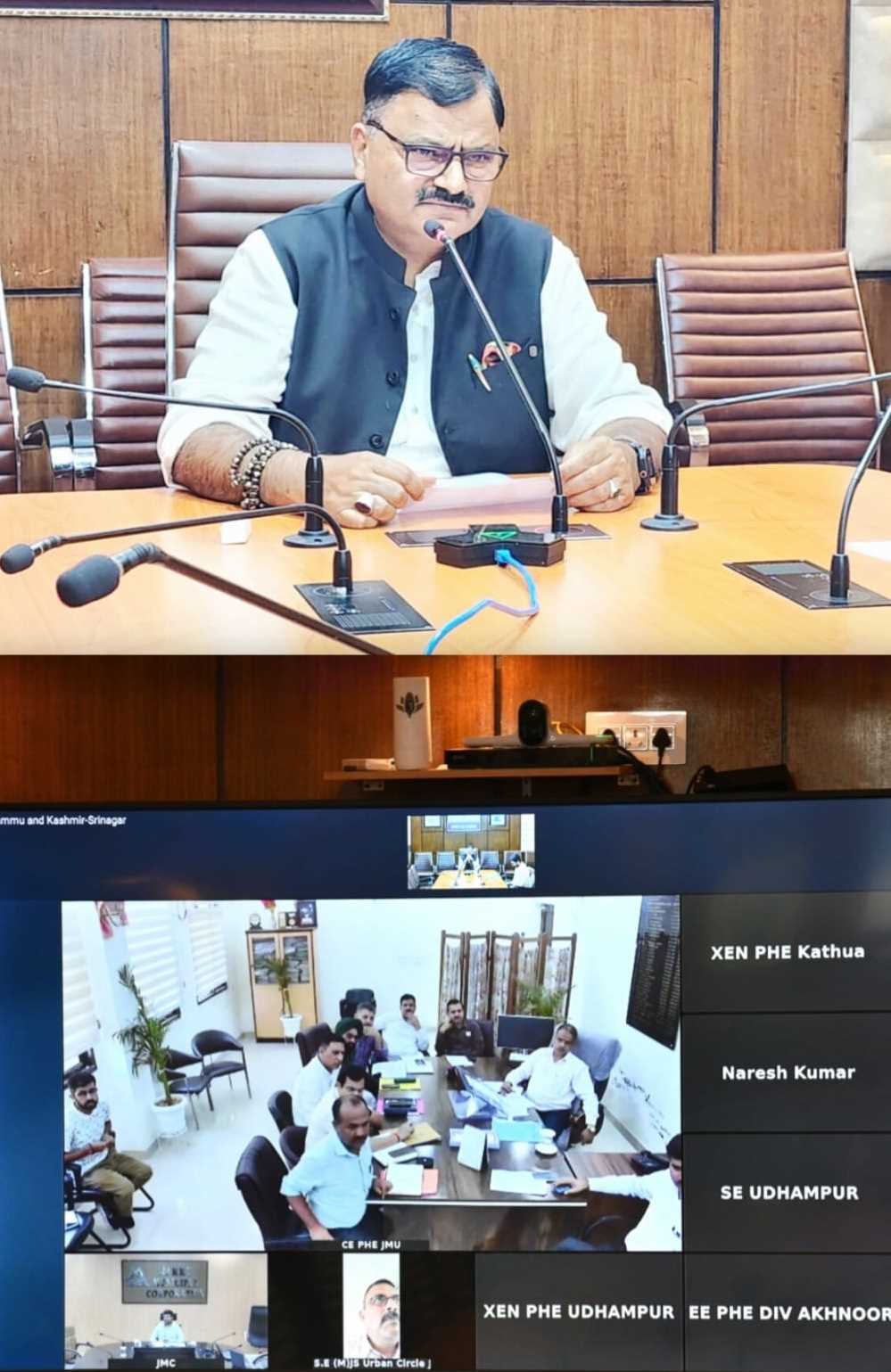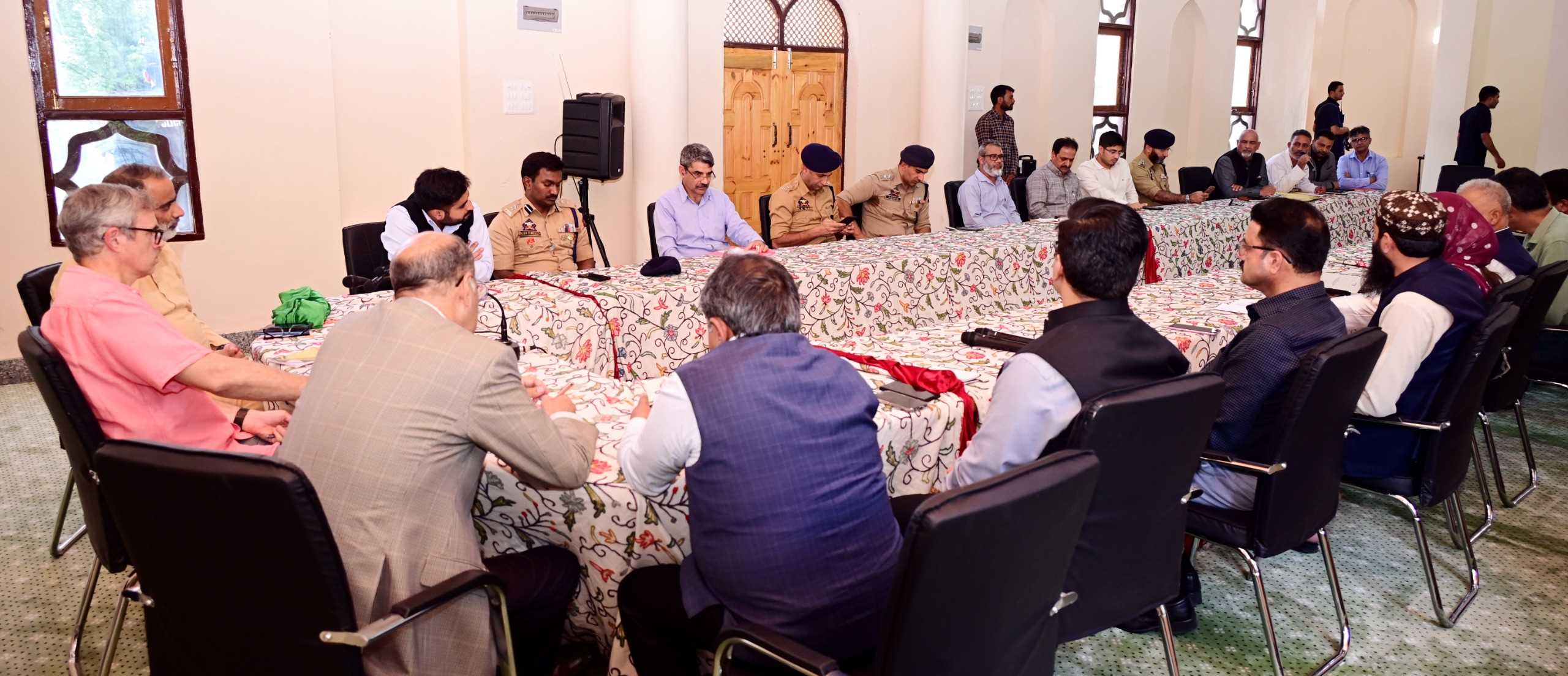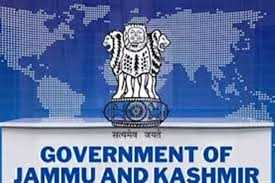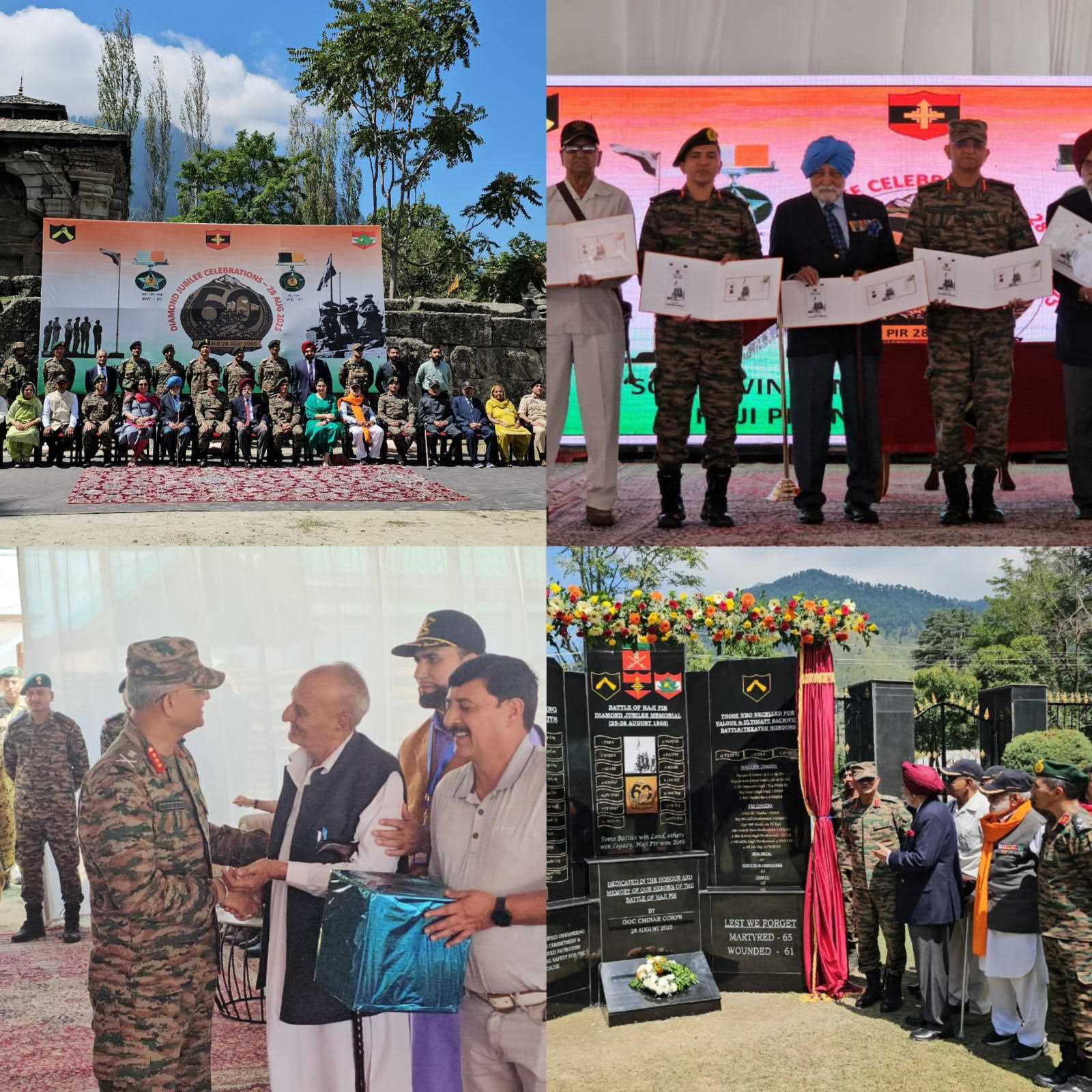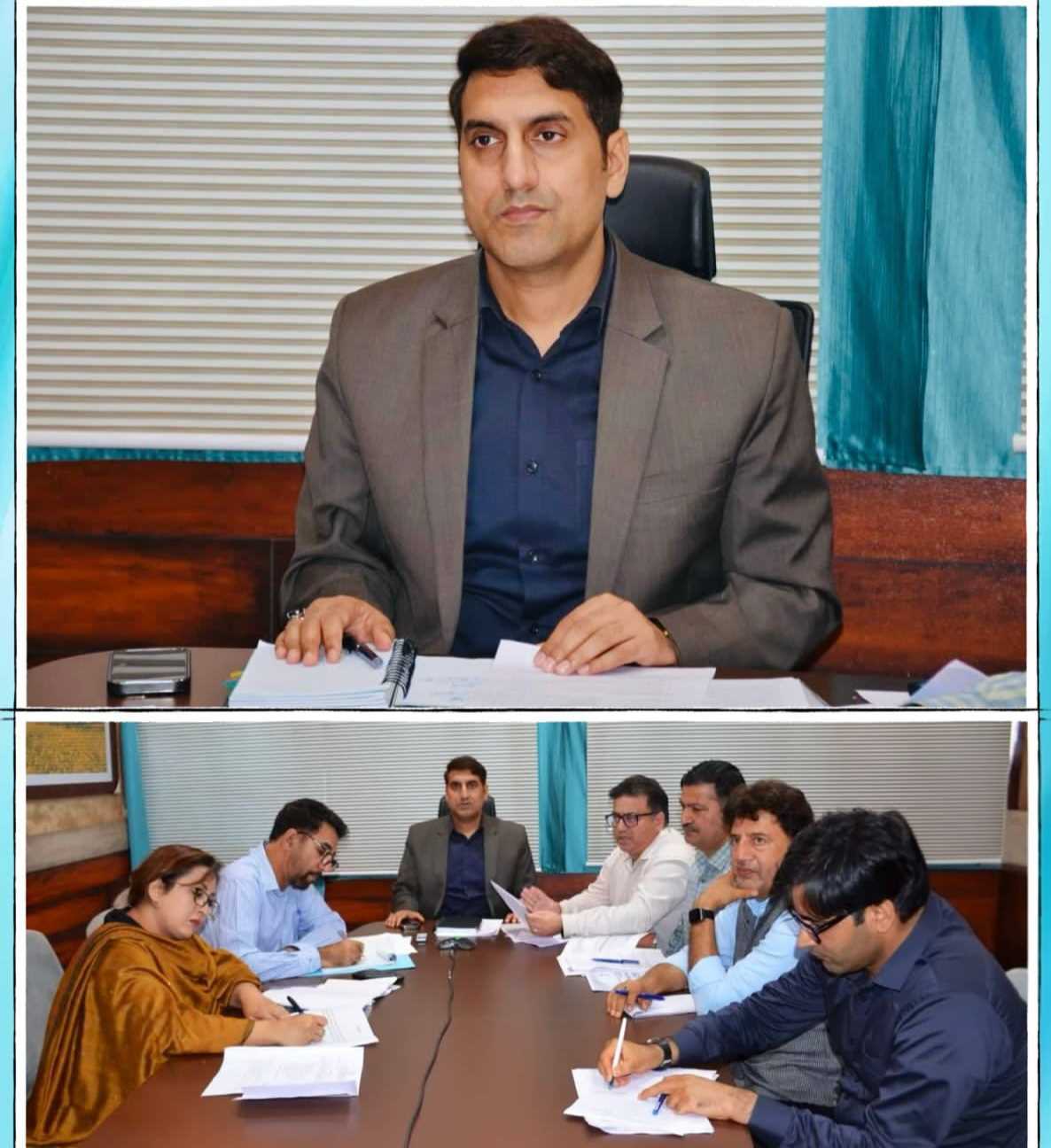India has become the most important partner for the US in global matters. In areas like trade, technology, security, education, energy, business and culture, no other bilateral relationship matches the level of cooperation and shared interests as that between the US and India, especially as India gains prominence internationally. For the US, India is likely its most important partner which is evident in how various US presidents—ranging from Bill Clinton to George W. Bush, Barack Obama, Donald Trump, and Joe Biden—have all prioritized strengthening ties with India. The partnership now covers a broad and deepening range of cooperation through initiatives like the Quad, the "2 2" Dialogue, and Emerging Technologies program, along with several bilateral and multilateral efforts in trade, defense, energy, and education. In the 21st century, the India-US relationship has changed a lot, moving from doubt to cooperation as their interests have started to match on many levels—bilateral, regional, and global. President Biden has spoken about India and the US as “two great democracies,” and Trump has praised the Indian-American community as “thriving, prospering, flourishing, and hardworking.”
According to Gallup's annual World Affairs survey, India was ranked as the sixth most favoured nation by Americans, with 71% viewing India positively in 2015 and 70% in 2023. Gallup also reported that 74% of Americans had a favorable opinion of India in 2017, 72% in 2019, 75% in 2020, and 77% in 2022. Meanwhile, a Morning Consult poll in August 2021, conducted after the fall of Afghanistan, revealed that 79% of Indians viewed the US favorably, compared to only 10% with an unfavorable view. This was the highest favorability rating among the 15 major countries surveyed and even higher than how US citizens viewed their own country at the time.
In the 21st century, India’s foreign policy has focused on using its independence in decision-making to protect its own interests and rights in a world with many powerful countries. During the presidencies of George W. Bush (2001–2009) and Barack Obama (2009–2017), the US started to respect India’s main concerns and national interests. This led to more trade and investment between the two countries, as well as working together on global security issues. The US also helped India get a bigger role in global decision-making, like at the United Nations Security Council, and improved its position in trade and investment groups like the World Bank and IMF. India was also accepted into international trade control agreements (like the MTCR and Wassenaar Arrangement), and the US supported India’s entry into the Nuclear Suppliers Group. They also began sharing technology to make things together, which brought the two countries even closer.
Since 2014, the cooperation between India and the US has grown even stronger. India was named a "Major Defense Partner" by the US, and the two countries have worked more closely in groups like The Quad and the I2U2 Group. Over the last 20 years, important agreements have been signed in areas like defense, science, technology, and healthcare. India-US relations have significantly improved since Narendra Modi became Prime Minister in 2014. The relationship between India and the US strengthened, especially through more frequent and formal meetings, like the “2 2” discussions involving the foreign and defense ministers from both countries. Several key agreements were signed between 2016 and 2020, including the Logistics Exchange Memorandum of Agreement (LEMOA), the Communications Compatibility and Security Agreement (COMCASA), and the Basic Exchange Cooperation Agreement (BECA). These agreements helped lay the groundwork for future collaboration between the defense industries of both nations. India was also granted Strategic Trade Authorization Tier 1 (STA-1) status, and in 2019, it signed the Industrial Security Agreement (ISA).
The US viewed the region by renaming the “Asia Pacific” as the “Indo-Pacific,” and renaming the US Pacific Command to the Indo-Pacific Command. The Quad—a strategic alliance between India, the US, Japan, and Australia—was revived in 2017.
However, the Biden administration also had a strong foundation to work with, and it continued to build on it. Biden aimed to be a transformative president, focusing on strengthening America’s alliances and boosting its science, technology, and industry to face the growing challenge from China. Early on, the Biden administration recognized India’s special role in US plans. While India isn't a formal military ally of the US, it became a key part of America’s Indo-Pacific strategy. Biden elevated the Quad, a group that includes India, the US, Japan, and Australia, to a leaders-level platform. The goal was to face the Chinese challenge while also providing benefits like security and development to the region.
The major shift in India-US relations started in 2022-23. This change was partly due to efforts made over the last 20 years and partly because of India’s growing concern about China. This also aligned well with the US’s new international economic policy, led by National Security Adviser Jake Sullivan, which focused on using new technologies, promoting green energy, and securing supply chains through "friend-shoring"—working with friendly countries.
In May 2022, during the Quad summit in Tokyo, India and the US made a big move by launching the Initiative for Critical and Emerging Technologies (iCET). This framework aimed to boost cooperation in areas like Artificial Intelligence (AI), quantum computing, semiconductors, and wireless telecommunications. Ajit Doval and Jake Sullivan, the national security advisers of both countries, led this effort.
The first iCET meeting took place in Washington DC on 23 January 2023, bringing together top science and technology officials from both nations. By the second meeting in New Delhi on 17 June 2024, iCET had become a key platform for strengthening and expanding strategic cooperation. A business roundtable during the meeting also brought CEOs and thought leaders together to encourage private sector investment and partnerships.
Efforts in many areas between India and the US are still ongoing, but some important milestones have already been reached. One example is the GE-HAL deal to manufacture the GE-414 jet engine in India. After the talks between Prime Minister Modi and President Biden on 21 September, a Joint Statement highlighted some key achievements from their work over the past few years. These included setting up a semiconductor plant to produce special chips used in defence and high-tech industries, like infrared, gallium nitride, and silicon carbide chips. Another project involves creating a GF Kolkata Power Center for research in chip manufacturing related to the Internet of Things (IoT), vehicles, artificial intelligence (AI), and data centers. The statement also mentioned progress made under the US-India Defense Industrial Cooperation Roadmap, focusing on the jet engine deal, as well as joint work on making munitions and ground mobility systems. Looking back at the history of Indo-US strategic and defence ties since the Clinton era to Biden, there have been times of success and periods of progress. However, during Modi's era, things have moved forward quickly, opening up many exciting possibilities for the future. The US is recognizing India as unique and understanding that policies that work for other countries may not suit India.
Email:-----------------------------noureensultanaoffice@gmail.com


